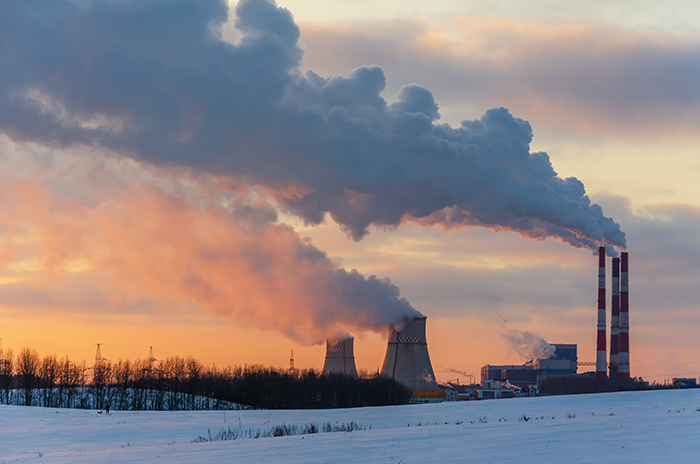Finland Economic Snapshot
Economic Survey of Finland (15 December 2022)
Russia’s war of aggression against Ukraine has darkened the short-term economic outlook for Finland and increased the urgency of transitioning away from fossil energy. The Finnish economy is likely to contract over coming quarters, weighed down by high inflation, tightening monetary conditions and curtailment of Russian gas supplies to trading partner economies, but to recover in 2024 as these headwinds pass. The war has also worsened public finances, delaying needed consolidation measures to rebuild buffers to cope with future shocks and put public finances on a sustainable path. While Finland is on track to meet its gross greenhouse gas emissions abatement objectives, there is scope to reduce abatement costs, notably by replacing inefficient measures by a comprehensive carbon tax in the effort-sharing sector. New measures will also be needed to meet the forestry and other land-use targets, which are very challenging. Rebooting innovation ecosystems would help to increase Finland’s low productivity growth. This will entail not only increasing R&D spending, but also establishing a mission-oriented innovation policy and a more diversified innovation ecosystem, strengthening synergies between export promotion and innovation, and above all, increasing the supply of skilled workers.
Executive Summary
Presentation
Economic Forecast Summary (November 2022)

Economic Outlook Note - Finland
Economic growth is projected to slow sharply because of Russia’s war of aggression against Ukraine, with a 0.3% contraction in 2023, before recovering to 1.1% in 2024. Consumption will weaken in response to falling real wages but subsequently recover as inflation moderates and wages rise. Export growth will decline markedly with weaker demand in export markets but then pick up as they strengthen.
©Shutterstock/Karabin
Read full country noteReform Priorities (April 2021)

Going for Growth 2021 - Finland
The pandemic laid bare pre-existing gaps in social safety net coverage. Improving the design and efficiency of unemployment benefits and more generally of public services in health, social care and childcare would boost growth and make it more resilient.
©Shutterstock/Anton Petrus
Read full country note2021 Structural Reform Priorities
- Social protection: Extend access to earnings-related unemployment benefit
- Labour market: Increase the employment rate of older workers
- Local government: Improve the efficiency of public services in municipalities
- Labour market: Reduce the gender wage-rate gap
- Tax system: Improve the efficiency of the tax system to support green and inclusive growth